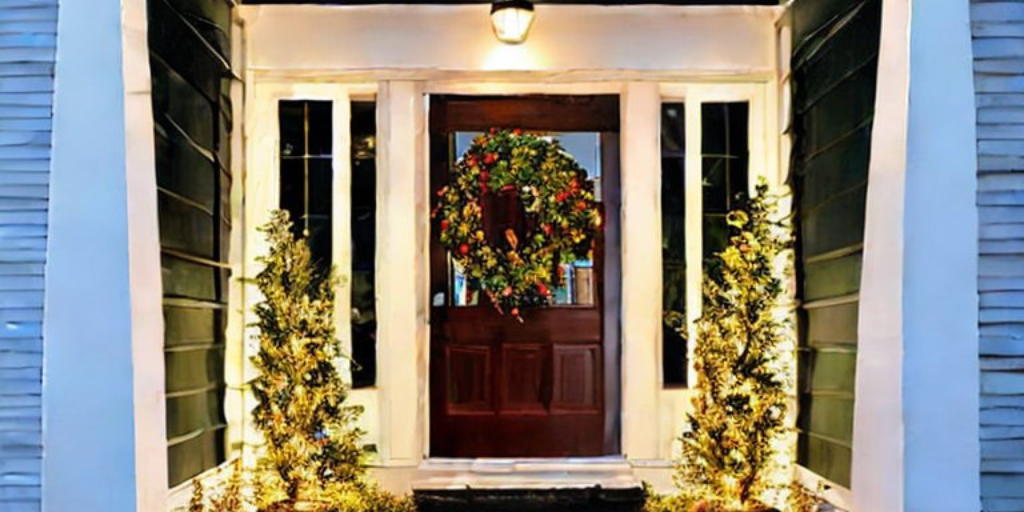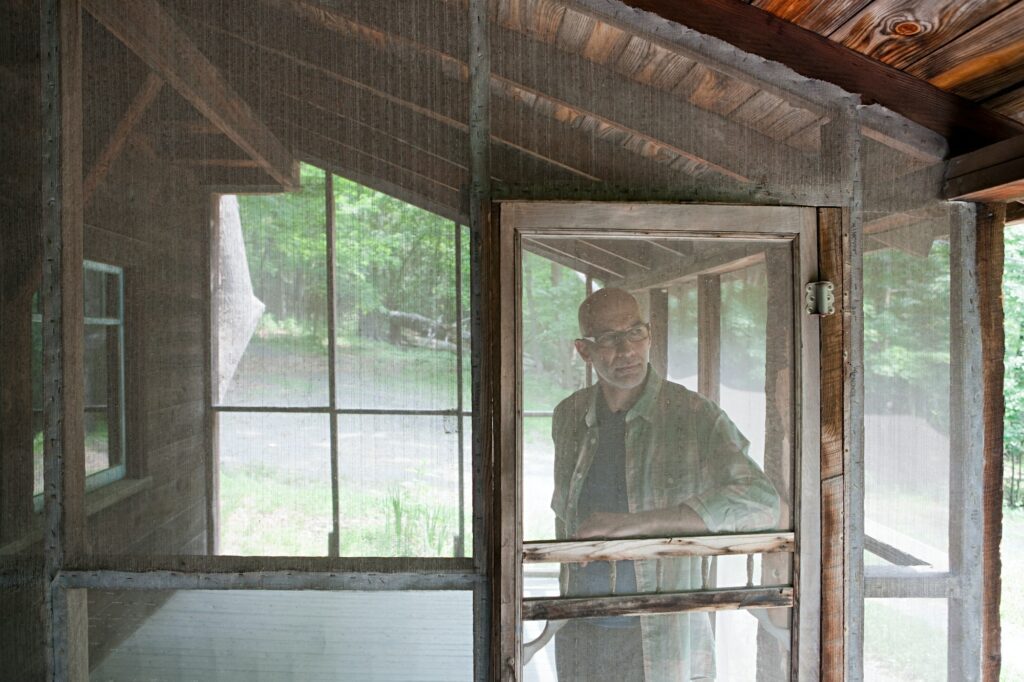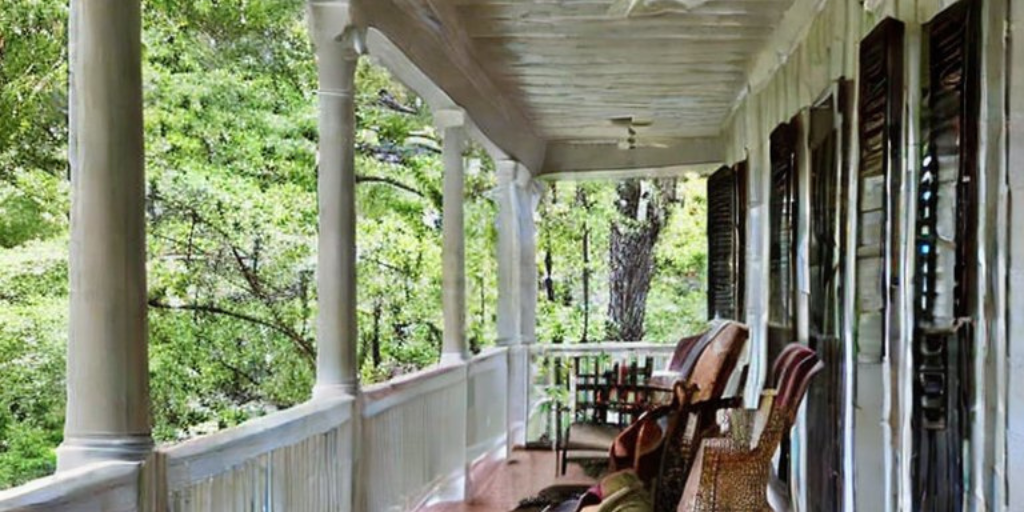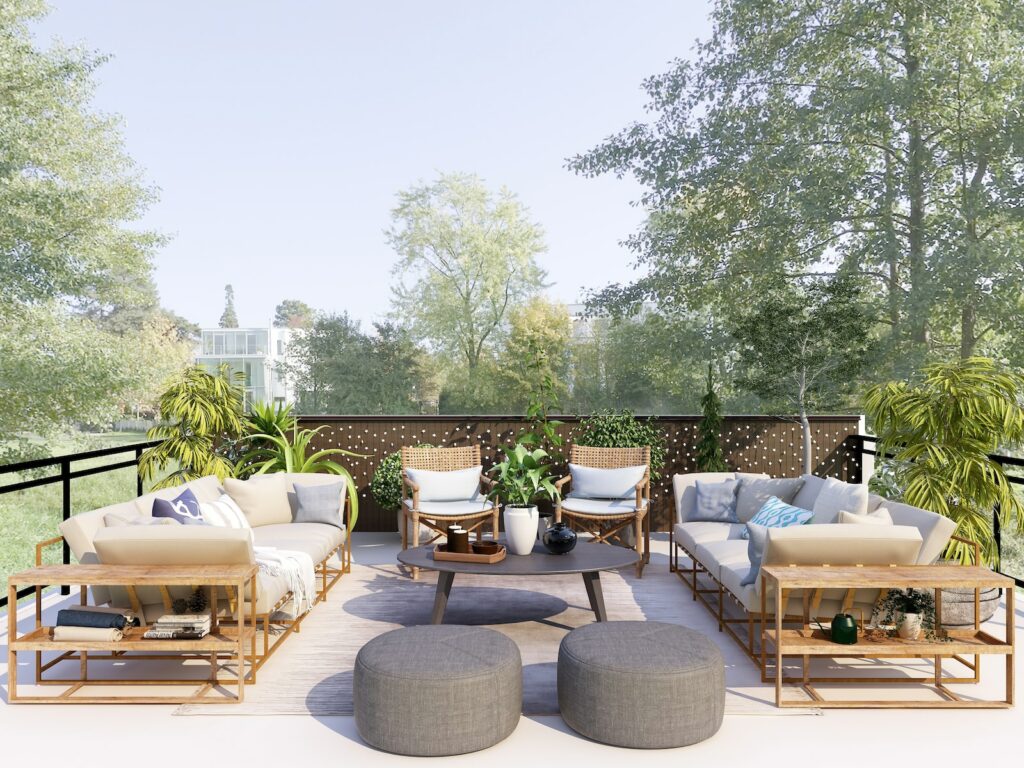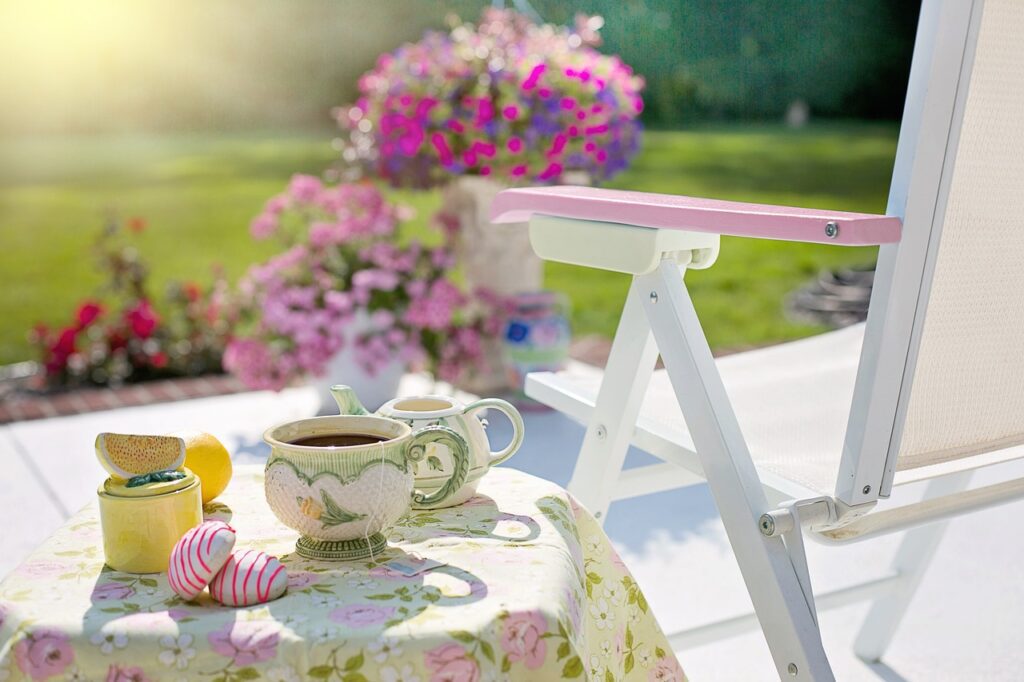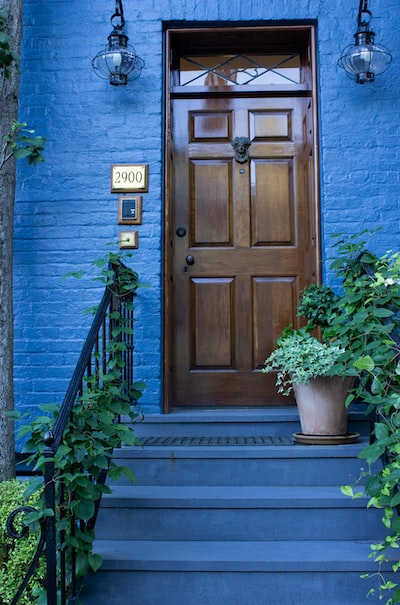Building a new patio can significantly enhance your outdoor living space, providing a perfect setting for relaxation, dining, and entertaining. The choice of material is pivotal, not only for the patio’s aesthetics but also for its durability and maintenance requirements. Here’s an ultimate guide to help you choose the best materials for your new patio.
Consider Your Climate
Contents
The first factor to consider is the climate in your area. Materials behave differently under various environmental conditions:
– Cold Climates: In areas with frequent freeze-thaw cycles, choose materials that can withstand expansion and contraction without cracking, such as poured concrete and natural stone.
– Hot Climates: For places with intense sun, opt for heat-resistant materials that don’t become too hot to walk on, such as light-colored pavers or treated wood.
Evaluate the Use of Your Patio
How you plan to use your patio also influences the choice of materials:
– Dining Areas: For patios that will host dining sets, smooth surfaces like flagstone or concrete are ideal as they allow for stable chair placement.
– Lounging Area: If comfort is a priority, consider materials like wood or composite, which are warmer and more comfortable underfoot than stone or concrete.
Types of Patio Materials
1. Concrete
Concrete is one of the most popular patio materials due to its versatility and cost-effectiveness. It can be stamped, engraved, stenciled, or colored.
-Pros: Durable, versatile, low maintenance, and can mimic more expensive materials.
– Cons: Can crack over time, particularly in climates with severe freeze-thaw cycles.
2. Pavers
Pavers are available in concrete, brick, or natural stone. They offer a range of styles and colors, fitting into various landscape designs.
– Pros: Visually appealing, durable, and repairs are generally straightforward since individual pavers can be replaced.
– Cons: Can be more expensive than plain concrete, and improper installation may lead to shifting.
3. Natural Stone
Natural stone (such as slate, bluestone, or limestone) offers a unique, upscale look with each piece being unique.
– Pros: Highly durable and maintains its natural beauty over time.
– Cons: More expensive than other options and installation can be more complex.
4. Brick
Brick offers a traditional look and can be laid in various patterns, such as herringbone or basketweave.
– Pros: Timeless aesthetic, durable, and bricks can be replaced individually if damaged.
– Cons: Brick can be slippery when wet and may require periodic sealing.
5. Tile
Outdoor-rated tiles can be used for patios in milder climates and offer extensive design options.
– Pros: Wide variety of colors and styles, can be very attractive.
– Cons: Can be slippery and prone to cracking in freeze-thaw climates unless it’s specifically rated for outdoor use.
6. Wood and Composite Decking
Wood provides a warm, classic look, while composite decking offers a more durable, low-maintenance alternative.
– Pros of Wood: Natural look, can be less expensive depending on the type of wood.
– Cons of Wood: Requires regular maintenance such as sealing and staining.
– Pros of Composite: Requires little maintenance and mimics the look of wood.
– Cons of Composite: More expensive than natural wood and can be hot underfoot in sunny climates.
Maintenance Considerations
Maintenance is an important factor in choosing your patio material:
– Concrete and Pavers: Generally require just regular cleaning and occasional sealing.
– Natural Stone: Needs sealing to prevent stains and water absorption.
– Brick: May require sealing and weeding between bricks.
– Wood: Needs regular staining and sealing to prevent decay.
– Composite: Generally requires just regular cleaning.
Cost
Your budget will greatly influence your choice of patio material:
– Concrete: Generally the most cost-effective option, especially if opting for a basic slab.
– Natural Stone and Composite Decking: Tend to be on the higher end of the budget scale.
– Pavers and Brick: Offer a middle ground in terms of cost.
Choosing the right material for your patio depends on a variety of factors, including climate, intended use, aesthetic preference, maintenance commitment, and budget. Whether you opt for the affordability and versatility of concrete, the durability and beauty of natural stone, or the classic look of wood, the right choice will enhance your outdoor space and add value to your home for years to come.

